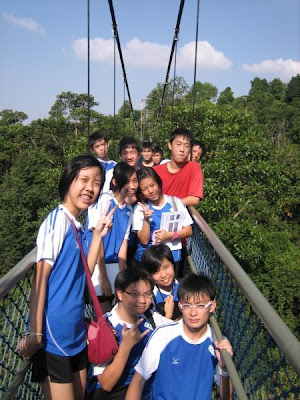Question 1
Based on Fig. 1, and with reference to examples you have studied, describe the measures taken to increase crop production.

- Food production in relation to population, i.e. food grain production went up as did population
- Within 40 years, it increased from about 50mt to 200mt this is in contrast to population from 361m to 1000m
Land use and yields were optimised -> introduction of hydroponics and aeroponics - Educating the farmers
- Use of irrigation to dry areas
- Introduction of HYVs eg IR8 etc
- Introduction of the Green Revolution
- Better farming techniques
- Quick maturing seeds make it possible to practice double cropping
- Introduction of fertilizers and pesticides are used
- Mechanization instead of traditional farming methods
- Credit facilities and co-ops have been extended to farmers to enable them to buy items
- Punjab in India etc for egs
(maximum of 2 marks given for use of Fig)
(maximum of 3 marks given for describing measures)
 Question 2
Question 2Figures 2A and 2B below show the agricultural productivity in Punjab, India between 1960s and 1980s.
With reference to the production of rice, describe and account for the information presented in Figures 2A and 2B. [8]
Describe Fig. 2A
· rapid rise in the production of rice from 1965 to 1980,
· especially after 1970
· from below 1 million tons in 1965 to nearly 5 million tons in 1980
Fig. 2B
· rapid increase in rice yields, between 1965 to 1980
· yield of rice exceeded that of wheat after 1970.
Account for Fig 2A
advent of the “Green Revolution” (GR) in the 1960s …
· The GR created a tremendous rise in agricultural production of crops in the cereal family – including rice and wheat; achieved through :
Use of High Yielding Varieties (HYVs)
- Increased mechanization
- Irrigation
- Wide use of fertilizers and pesticides
- Farm reforms
- higher yielding
- faster maturing … thus allowing – double cropping \more disease and drought resistant
· All the above resulted in rapid increases in rice production ….
Give reasons to explain why the green revolution did not succeed in achieving its goal of helping countries improve their living condition.[4]
-poor countries could not afford the technology. Rich become richer.
Poor became poorer.
-some poor farmers lost their farms and their jobs as they could not repay the loans they took to pay for the new technology.
-new varieties of grain were not the staple food of people in poor countries.
-the technology was not successful in hilly areas and low lying areas that tended to flood.
-use of pesticides created pollution. Water supplies were also polluted.
-loss of plant diversity. Dangerous because when everyone plants the same crop variety, and a pest or diseases attacks, all crops will be destroyed. The consequences are far greater than if only part of the crops were to fail.










.jpg)

.jpg)












